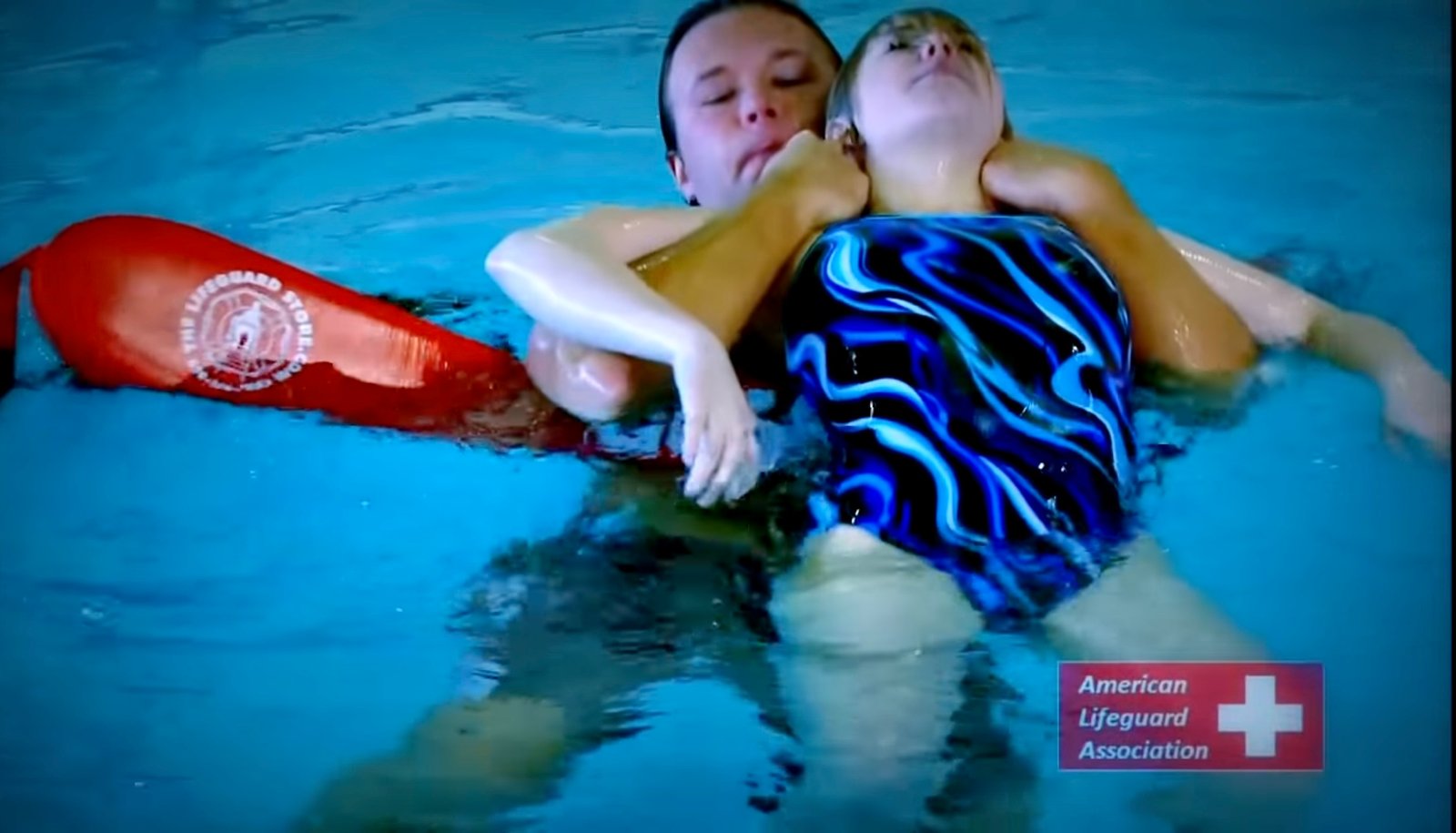Being a lifeguard can be a gratifying experience that involves commitment, expertise, and safety. Physical and mental preparedness is required for this job; therefore, it’s important to ready yourself before getting started. Depending on whether you’ll work at a pool, beach or water park, adequate preparedness could make all the difference in your intentions. So here are 10 steps that will ensure you succeed in training as well as future career excellence as a lifeguard.
How to Choose a Lifeguard Class Near Me
Choosing the right lifeguard class near me involves several key considerations to ensure you receive quality training that meets your needs. Start by researching accredited organizations such as the American Lifeguard Association which has comprehensive programs staffed by experienced instructors. Additionally check whether their course curriculum covers essential skills like CPR, first aid knowledge and water rescue techniques among others .
Furthermore consider class schedules and locations so they don’t interfere with other activities of daily living while convenience should also apply here.Finally read reviews or ask for recommendations from people who have taken part in similar trainings before signing up; this way you get an idea about its effectiveness based on past participants’ feedback. Also verify if upon completion one gets certified; because some certifications may not be widely acceptable within different areas thereby limiting opportunities available locally.
Evaluate Your Swimming Skills
The main requirement for becoming a lifeguard is being able to swim well enough–strong swimming skills are necessary since guards must be capable of moving through water quickly and confidently even under challenging conditions. Before enrolling into any class therefore take time to evaluate where yours stand: Can you comfortably do various strokes like freestyle , breaststroke or backstroke?
Do you know how tread water for long periods without support while staying afloat? Are surface dives something easy yet efficient when done correctly? Can cover distance of around 300 yards without resting much though it might seem difficult at first?
Know What It Takes Physically
Being physically fit is an important aspect of being a lifeguard as it requires strength, endurance and agility. Most classes therefore include tests that measure this; they may involve running some distance within certain time limits, swimming for specific periods while also retrieving weights from deep waters etcetera . So knowing these upfront shall help one focus their training where need be.
Get Basic First Aid/CPR Knowledge
You might find yourself in situations where you have to attend to emergency cases before more specialized help arrives which makes having first aid skills invaluable even outside lifeguarding settings. Therefore taking up such courses earlier will give anyone an added advantage during the actual training phase since most of them come packaged with certifications anyway.
Learn About Lifeguard Duties
Lifeguards are expected to perform various tasks including but not limited to monitoring water areas, preventing accidents from occurring and carrying out rescues whenever necessary among others. In addition they should also enforce safety regulations as well as respond promptly when emergencies arise
Research and observation
Go to local pools, beaches or water parks and observe lifeguards on duty. Talk to experienced lifeguards about what they do every day. This will give you a realistic idea of what to expect and help you decide if it’s the right job for you.
Learn about the Certification Process
Different places and employers may have different certification requirements. You need to know what certifications are necessary for the kind of lifeguarding job that interests you . For instance, an ocean lifeguard might need a different certification than a pool lifeguard.
Look into the specific certifications required in your area or by the employers you’re considering. The American Lifeguard Association has many courses designed for various kinds of lifeguards , so make sure you sign up for one that applies to your situation.
Study for the Written Test
Lifeguard training isn’t just about physical skills; there’s also a written portion that covers knowledge of water safety, rescue techniques and emergency procedures. Preparing for this part is just as important as getting physically fit.
Find study guides, practice exams and other resources offered by the American Lifeguard Association or other training organizations . Familiarize yourself with what will be on the written test – basics of water rescue , CPR , first aid etc .
Get Proper Equipment
Before going into your lifeguard class make sure you have all necessary gear . This includes wearing proper swimwear like trunks not shorts which could get caught on something . Also bring goggles incase underwater vision becomes impaired from chlorine contact with eyesight . If needed wear caps over hairdos such as braids etcetera ; watches should be waterproof since most activities involve being around water bodies where timing rescues may arise plus performance needs tracking . Additional items might be demanded during some sessions like rescue tubes or masks used while conducting CPR methods .
–Swimsuit: Durable and comfortable with long hours spent inside water.
–Goggles: Protects your eyes from chlorine and helps you see clearly underwater.
–Waterproof Watch: Essential for timing rescues in various performance activities carried out around bodies of water.
–Towel and Sunscreen: These are necessary for outdoor training sessions where there is need to dry off after swimming under direct sun rays .
Train Mentally
Lifeguarding can be tough both physically and mentally so its always good to be prepared . The course will teach you how handle emergencies , make quick decisions etcetera which may involve situations that are quite stressful .
Practice stress management techniques such as deep breathing exercises , mental imaging or meditation . Maintain a positive attitude by setting personal goals towards achieving becoming certified lifeguard status .
Time Management
Classes typically take up much time, classroom work followed by practical lessons usually held within waterside environments . So when enrolling ensure availability throughout without disruption of other duties.
Plan ahead allocating enough spare hours for each day’s learning plus possible homework task completion periods . It will call for efficient distribution of limited resources over diverse commitments involving the would-be lifeguard career path.
Physical Check-Up
Before engaging in any vigorous physical activity it’s advisable to get medically examined first by a doctor who can give an overview on your overall health status thus confirming suitability in handling strenuous workouts associated with this profession like swimming long distances etc .
The checkup assists in detecting underlying health problems that could hinder one from functioning effectively as a lifeguard hence giving confidence about being ready for different challenges ahead.
Conclusion
To prepare for a lifeguard class, you need to do more than just enroll in it and attend the classes. You have to follow these ten steps so that you can be physically and mentally prepared for the training that lies ahead of you as a lifeguard. The American Lifeguard Association will be with you throughout this journey by providing excellent teaching as well as materials which are useful for your success. With adequate preparation, one will become self-assured in their ability to save lives while on duty as a professional lifeguard hence becoming valuable members within communities they serve.




